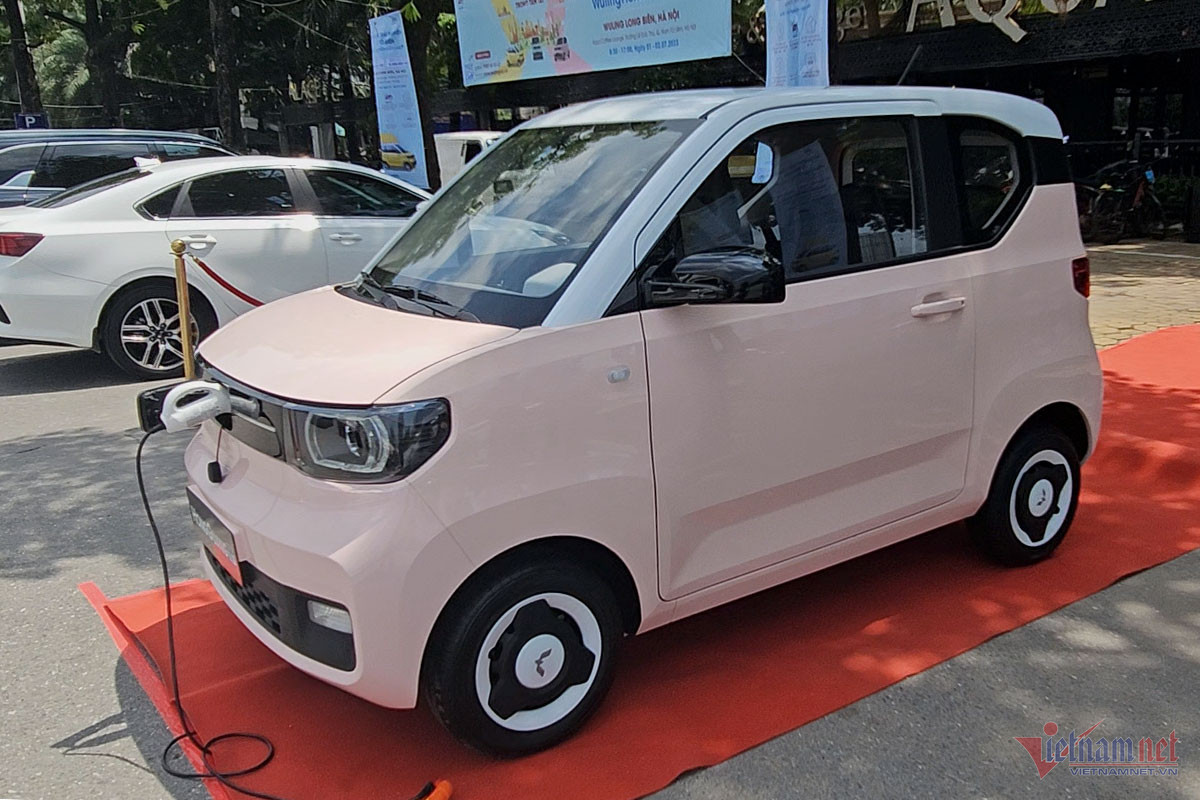
Its electric microcar has been officially introduced in Vietnam with the starting price of VND239 million, with the highest price of VND279 million. It has battery options which allow it to travel 120 kilometers or 170 kilometers.
The manufacturer hopes to create a sales boom in Vietnam as it did in China, with 1.1 million cars sold in the last three years thanks to its low pricing strategy.
Vietnamese consumers, who once rebuffed Chinese products, now have a more favorable attitude toward Chinese cars.
Vietnamese consumers, however, may hesitate to buy Chinese cars because of the post-sale service. There are very few maintenance and repair workshops in Vietnam due to the limited capability of distributors.
Meanwhile, this won’t be a problem for Wuling, which is assembled in Vietnam and has a sales agent network of TMT Motors. Wuling only uses slow charging, and it doesn’t need a battery cooler, so the air conditioning system can cool well.
The manufacturer said that the operation costs for the microcar are low, just VND230,000 for 1,000 kilometers, and users don’t have to pay additional money for leasing a battery, because the selling price includes the battery.
Analysts say Wuling HongGuang MiniEV may find it difficult to approach people who are buying cars for the first time. Its targeted customers could be those who already have one car but have good financial capability and want another car for traveling short distances.
The biggest advantage of the model is the low selling price, which is the major reason that helped the cars sell well in its home market. It is also the cheapest EV model in Vietnam.
The selling prices of Wuling models in Vietnam are nearly double the prices in China. In general, consumers in large cities such as Hanoi and HCM City will have to pay VND260-300 million to own a Wuling.
Wuling is advertised to be able to travel for 120-170 kilometers. However, these figures are obtained in ideal conditions. In normal conditions, it can run for 80-130 kilometers.
Another problem is that Wuling cannot be charged at charging stations, but must be charged at home (using civil electricity), 6.5-9 hours each time.
As a low-cost electric vehicle, the safety equipment for Wuling is modest with ABS/EBD brakes, and airbags only appear on high-end versions and are only for drivers.
Hoang Hiep